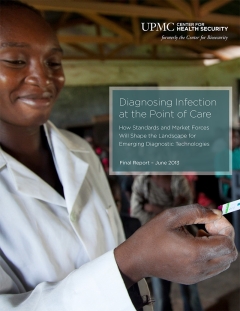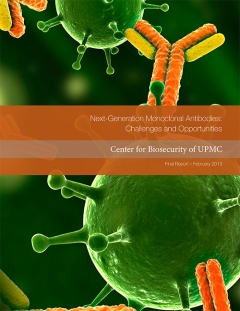During past influenza seasons, the principal quandary individuals faced was whether or not to get a flu vaccination. However, this flu season we have the additional decision of choosing among several different vaccine options. The fact that these options exist is a testament to the investments made to improve flu vaccine in the face of looming pandemics.
To better respond to influenza pandemics, vaccines have been sought that offer broader protection, can be delivered in novel ways, have greater immunogenicity, are antigen sparing (that is, contain less of the active ingredient), do not require eggs for manufacture, and harness recombinant technology. This year, for the first time, each of these advances is represented in one or more of the vaccine options.


